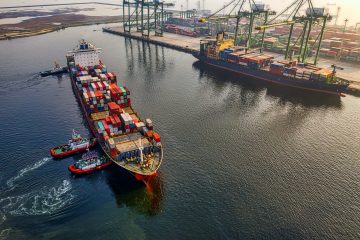2020 has been a tough year all round and has impacted people in various ways across the globe. From widespread unemployment, to the Beirut explosion, to one of the biggest civil rights movements occurring throughout the world off the back of the killing of George Floyd in the form of the black lives matters protests, people have had to deal with adversities from all directions for the entire year, exacerbated and enhanced by the overarching presence of the Corona virus looming over our heads like a never-ending thunderstorm of adversity.
The hardship that kicked this pain filled year off, and has affected different parts of the globe at different points throughout the year, is wildfires. Starting in Australia in the middle of 2019, wildfires continued to blaze throughout the early months of 2020 until March causing widespread damage and pollution that affected the people, wildlife, habitats, and the overall environment.
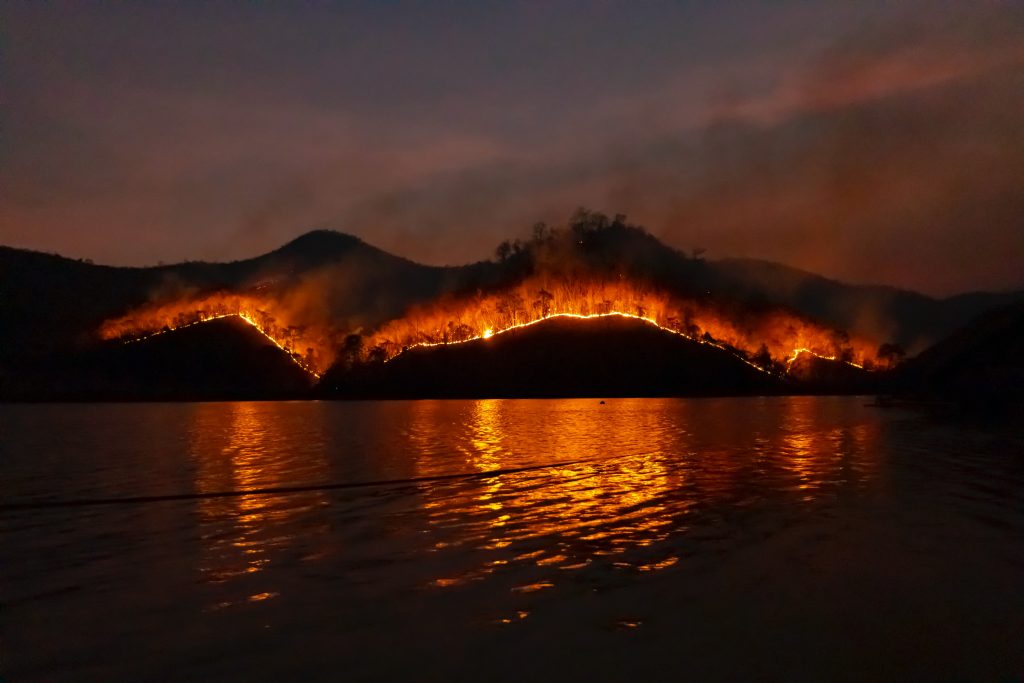
The fires resulted in 33 dead, thousands of homes destroyed and damaged, millions of animals and habitats lost, and millions of hectares of land scorched and burned, with the worst hit regions being New South Wales and Victoria. These fires brought back difficult memories of the ‘Black Sunday’ fires of 2009 which saw 173 deaths as well as thousands of homes being destroyed.
Following on from the Australian fires, California was painted red, covered in the amber haze of the fires that raged throughout the state. Residents marvelled at the blood covered sky, in shock at the widespread effect that the fires were having, taking pictures and posting about it on social media. Confused and scared, they supported the courageous fire fighters desperately attempting to quell the blaze and save property and lives.
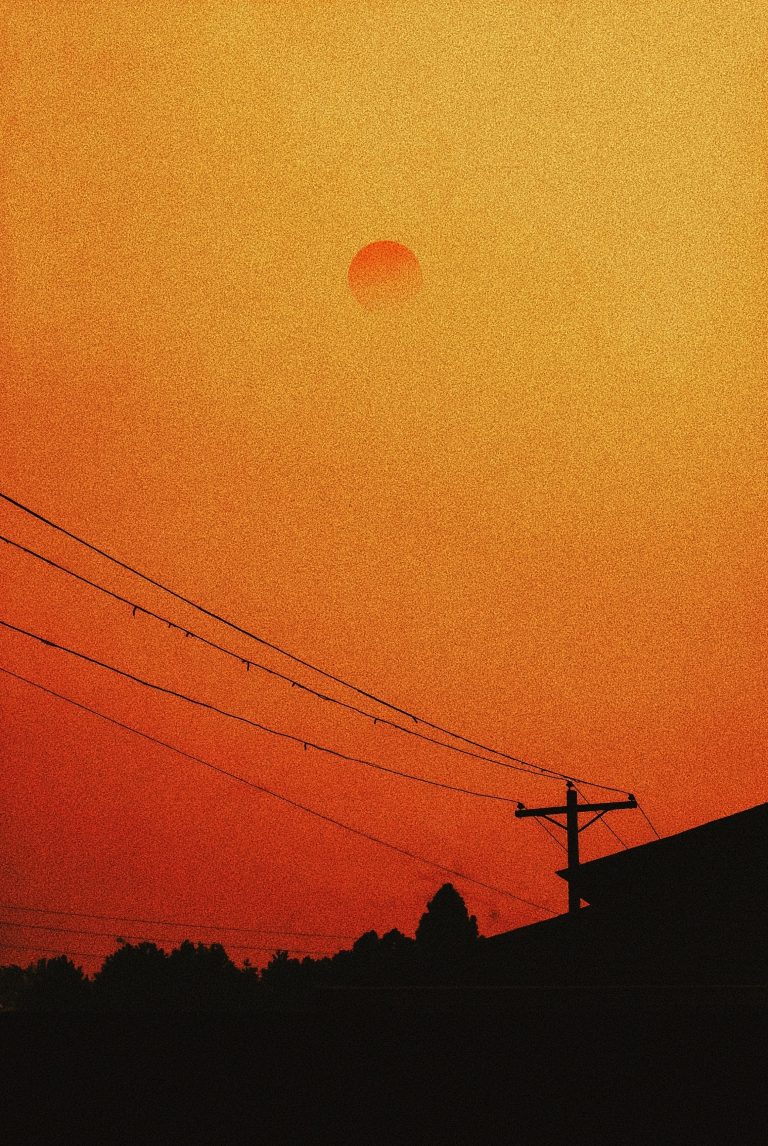
In August, the California wildfire elevated its status from a megafire to a gigafire as it extended past 1m acres of land affected. This elevation acted as an exclamation point on what has developed into the worst fire season that California has ever experienced.
Wildfire characteristics
While we’ve seen wildfires throughout the year and have experienced its impacts, the ways in which they form and develop are less known. A wildfire is an uncontrolled fire which occurs in wildland areas. It can destroy houses, agriculture, and/or forestry resources. They are common in Australia (New South Wales/Victoria), USA (California/Florida), Southern Europe (Southern France, Greece, etc), among other places.
Wildfires can be started in many ways. Some of these include:
- Lightning strikes, volcanic eruptions, and other natural events.
- Arson (typical cause of fires near settlements) and controlled burning getting out of control.
- Campfires and barbeques.
- Careless littering: for example, dropped cigarette ends and broken glass (can magnify the sun’s rays).
- Fireworks.
The behaviour and frequency of wildfires are controlled by many different factors. These factors combine to determine the regime of the fire and consists of:
- The ignition source such as arson and lightning.
- Fuel characteristics such as the arrangement of leaves and branches (fuel structure), chemical properties of the vegetation, and the fuel moisture content.
- The topography of the land: the rate at which the fire spreads increases as you move upslope. Fires can also generate increased winds as a result of strong convection currents which draw in the surrounding air.
- Fire weather and season.
- Human effects.
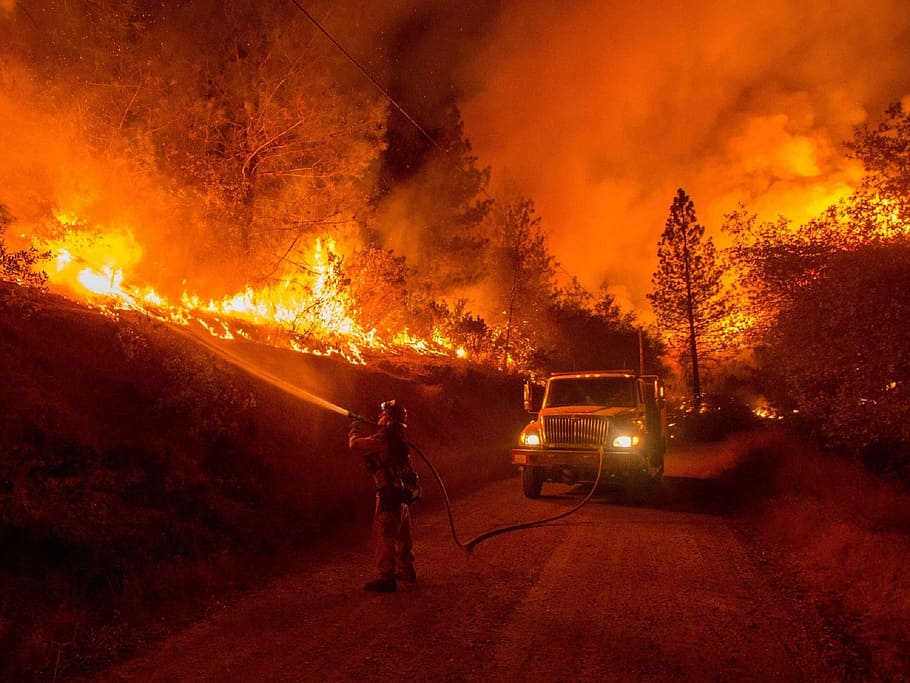
Impacts of wildfires
The effects of wildfires are obvious, fire is hot, things get burnt. There are, however, broader impacts that occurs as a result of prolonged and intense fires. Wildfires are large scale natural phenomena which can cause widespread damage and destruction, not just to properties, but also to wildlife and natural habitats. The impacts of wildfires occur at different stages of the fire and can be felt both during and after the wildfire event.
During the event there is loss of life and injury, as well as property and infrastructure loss and destruction. Key services such as electricity and water can also be damaged and lost. After the event, the aftermath of the fire is felt and assessed, and this results in many changes occurring. Post event there are many new hazards which occur, such as tree fall and mass movement hazards, as well as hazards caused by damaged buildings. Additionally, there is loss of communities, changes in the forest type/structure (with continued burning), and potentially a change to forest management strategies.
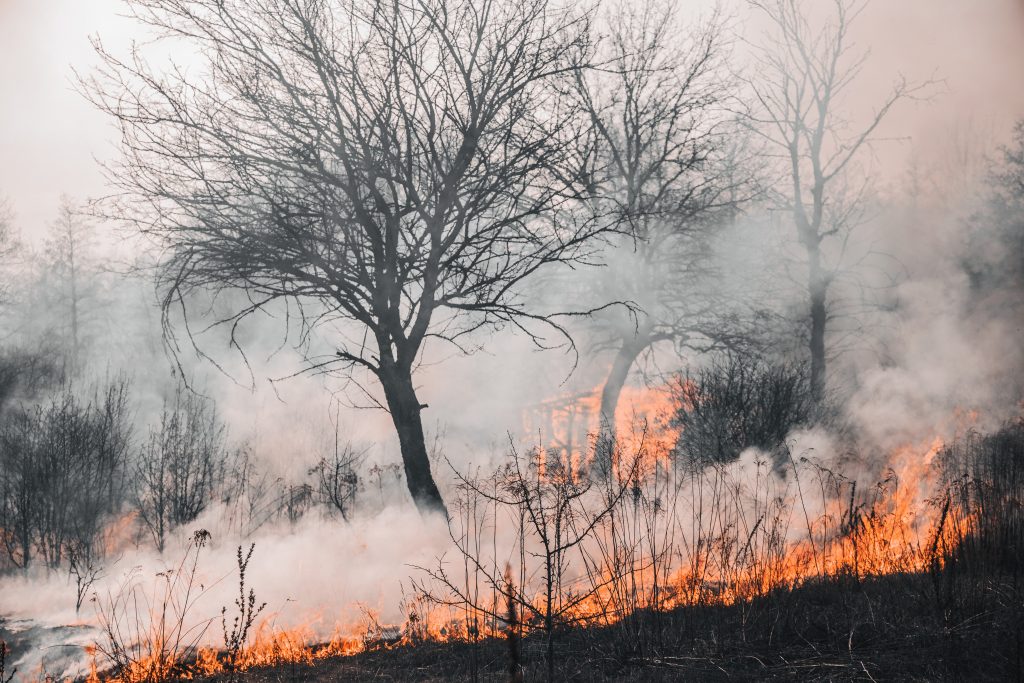
Wildfires and climate change
The impact of climate change on natural hazards is a topic that has been debated by politicians and policy makers since the inception of the climate change rhetoric despite the extensive and detailed scientific research on the topic. Following the California fires this year, President Trump, when asked if the intensity of the fires could be due to climate change, instead focused the cause of the fires on poor forest management practices. Climate change, however, plays a big role on the increased intensity and frequency of wildfires throughout the world and the results of this have been greatly felt throughout the year.
Climate change increases the intensity and frequency of the fires which exacerbates the level of damage and destruction they cause during the fire season. This increase in intensity and frequency is caused by changes in precipitation, temperature, and the increase of severe storms (increase in temperature and decrease in humidity).
Humans also play a major role in this increase in wildfire. The replacing of forests with grasslands results in the creation of more fire fuel. The expansion of settlements, and the building of settlements closer to forested areas, results in greater destruction and the risk of loss of life.
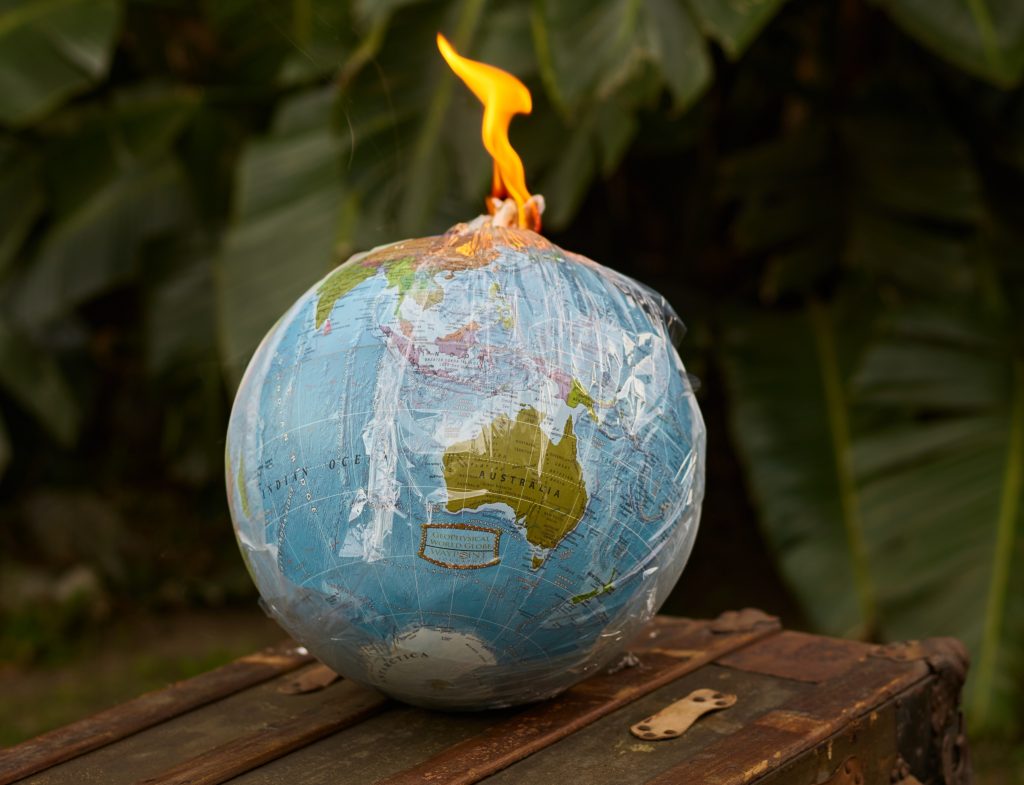
Final thoughts
It’s been a tough year with great and varied adversities. One of these adversities comes in the form of wildfires. Wildfires are naturally occurring phenomena and occur in different parts of the world. This year, however, has seen an increase in the intensity of these wildfires in unprecedented manners. Australia’s fires raged for an extended period of time while California’s wildfires created the first gigafire in modern history.
Moving forward, new and innovative forest management and wildfire mitigation strategies and methods will need to be created and implemented in a creative and efficient manner. Prescribed burning, forest thinning and harvesting, and land use planning such as building codes, minimum distances between forest areas and homes, and fuel management on private and public land which surrounds communities are some methods that have been used and can be used by countries and cities moving forward. A greater amount of education on the causes and impacts of wildfires, and how to deal with fires when they occur is needed and will significantly increase the ability of individuals and communities to cope with the occurrence of these wildfires and will result in a reduction in the loss of life and property. This should be a focus of governments and community leaders moving forward.
While these fires brought a lot of hardship to a lot of people there were also positives to be found. In an effort to combat the fires, communities came together collectively, supporting each other and working together to assist wildlife and people stranded due to loss of property. There was also a great deal of volunteers that assisted throughout these events. Whether as volunteer fire fighters or community members assisting local authorities, there was a great deal of positivity and solidarity when confronting these fires and that is something to be extremely proud of.
